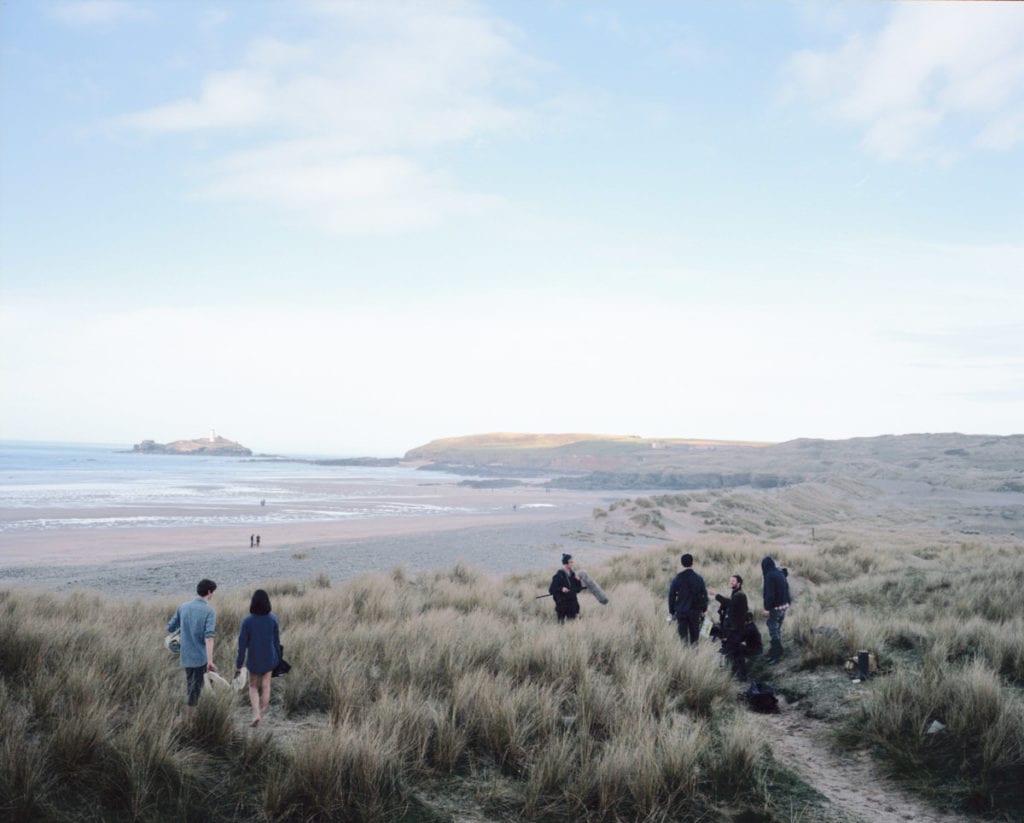Secondhand cameras and lenses usually offer the student and new professional the best options for value and flexibility. BJP’s Technical Editor, Damien Demolder, talks to mpb.com, one of the world’s leading used camera and lens marketplaces, about the best range of kit to get you started, comparing new gear with the previously loved.
Most students don’t start a photography course, or indeed leave one to face the real world, armed with the latest and best camera equipment. New bodies and lenses of the sort we want to use for work are usually beyond the budgets of students, graduates and those at the start of their career, and, in most cases, these photographers don’t need new kit at all. Cameras don’t take great pictures – great photographers do – so enthusiasm, technical skill and a creative mind are much more important at almost every stage of your career.
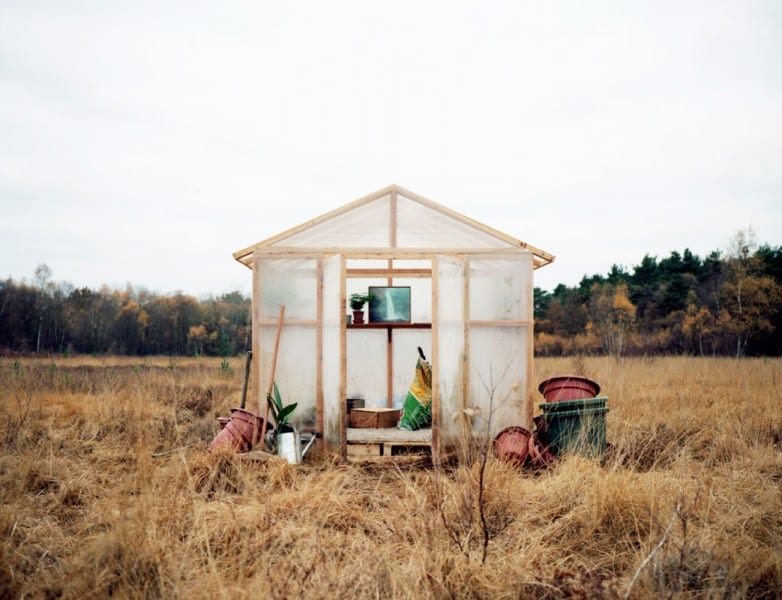
“Buying secondhand isn’t just for those who find it hard to scrape enough cash together to afford a camera at all, it also allows photographers to get extra lenses and accessories for the same budget,” says one of MPB’s product experts Dan Chase, himself a photographer and former client of mpb.
London based photographer, Joseph D Conway, agrees. Since studying photography at Brighton University, Conway has gone on to produce an array of personal projects and commissions for numerous clients, from Kronenburg to Bombay Bicycle Club. Throughout his career he has always opted for second-hand kit: “All of my film cameras have been second hand buys and they still work perfectly after years of shooting. My Fuji X100T was my first digital second-hand purchase, I hunted one down that was basically just like new but much cheaper.”
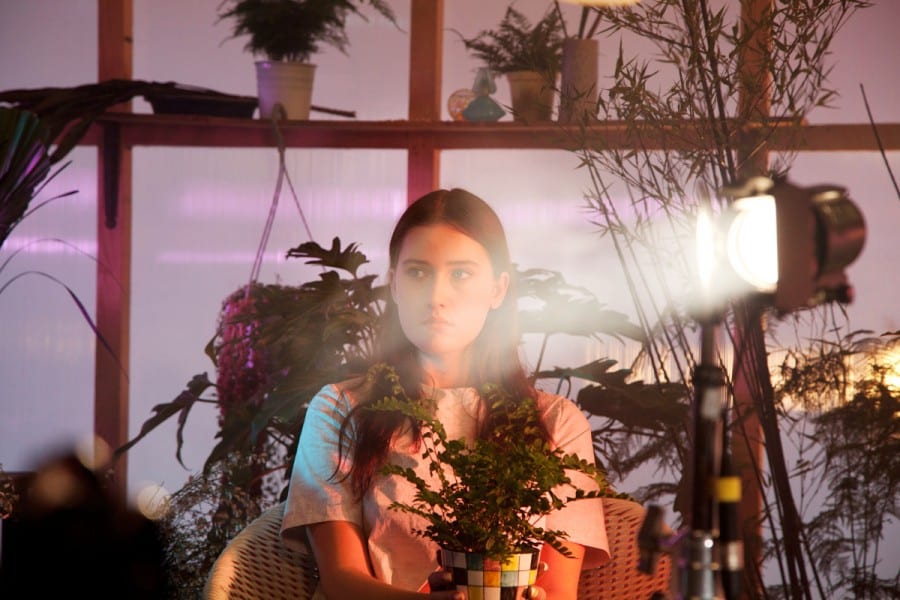
MPB are unique in offering the highest levels of advice on both the benefits and drawbacks of different products, and offer a 6 month warranty for any piece of equipment purchased. For photographer Ben Read, many of whose commissions involve shooting athletes in extreme climates, this warranty is crucial: “it gives me complete peace of mind, and coupled with how quickly MPB can courier equipment to anywhere in the world, takes away the stress when my kit does fail.”
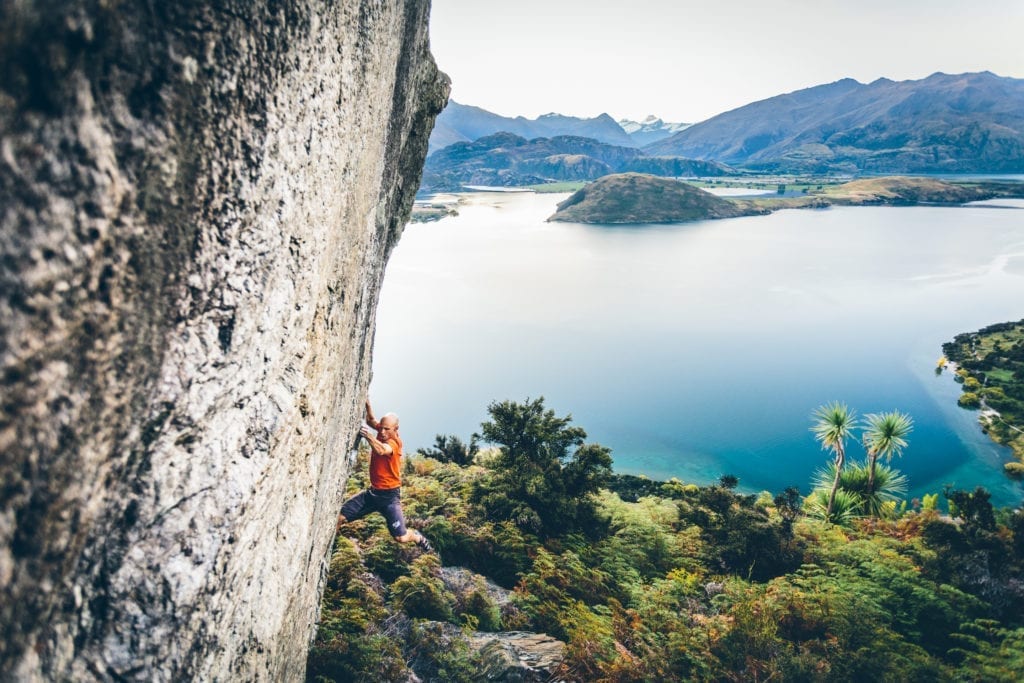
Starting Out
Filling a camera bag for the first day of a photography course is never going to be easy or cheap, but opting for hand-me-downs and previously-loved kit is always the best way to go. You will get better value this way and be able to afford higher end professional kit. “When I was a student the affordability of second-hand equipment enabled me to purchase higher-quality equipment earlier on in my degree than if I had bought it new,” remembers Joseph.
As always, don’t scrimp on lenses and expect to pay at least as much for your glass as you do for your body. A good lens will last and will be kept in service for years after your current body has been replaced.
As a student, you will be exposed to a wide range of brands and camera types during your course, so it makes sense not to commit too much money to system at this stage as you might find later that you want to switch brands, camera type or format.
Indeed, when Joseph first started out he found himself gravitating towards landscape photography, going on to purchase a Mamiya 7 to better service his needs.
For fashion photographer Matthieu Delbreuve, being able to experiment at the beginning of his career was very important and buying second-hand equipment enabled him to do this. “Buying a second hand camera at the beginning allows you to try out different lenses and find out what kind of camera you need and you want,” he says. Indeed, Delbreuve started out as a documentary and portrait photographer but found that he was most drawn to fashion photography, going on to dedicate himself to this genre.
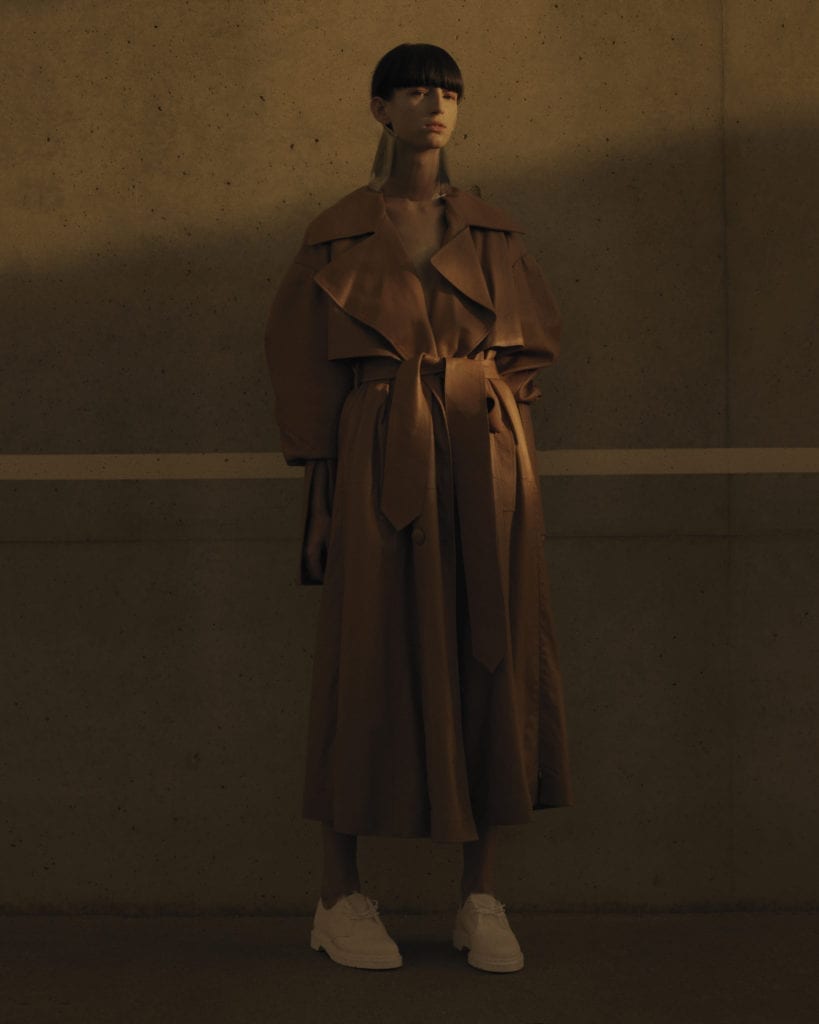
If you have the money and want to buy new then good for you. It doesn’t make sense to buy the top end kit straight away as you won’t need it and by the time you finish the course, or you’ve decided what kind of photographer you will be, it will be out-of-date. Get the second-tier models from the main brands, such as the Canon EOS 6D ll with 24-105mm f/3.5-5.6 IS STM (£2400) or Nikon’s D750 with 24-120mm f/4G AF-S ED VR (£2300). You should keep an open mind about which area of photography you are going to concentrate on and so it makes sense to get a good general purpose standard zoom. You can get more specialist lenses later.
You should also look at compact system cameras as mirrorless bodies really do represent the future. The Panasonic Lumix DC-GH5 is affordable and very flexible compared to the second-tier Canon and Nikon bodies, and there are plenty of lenses to choose from. You could also consider the Sony A7R for its full frame, high-resolution sensor.
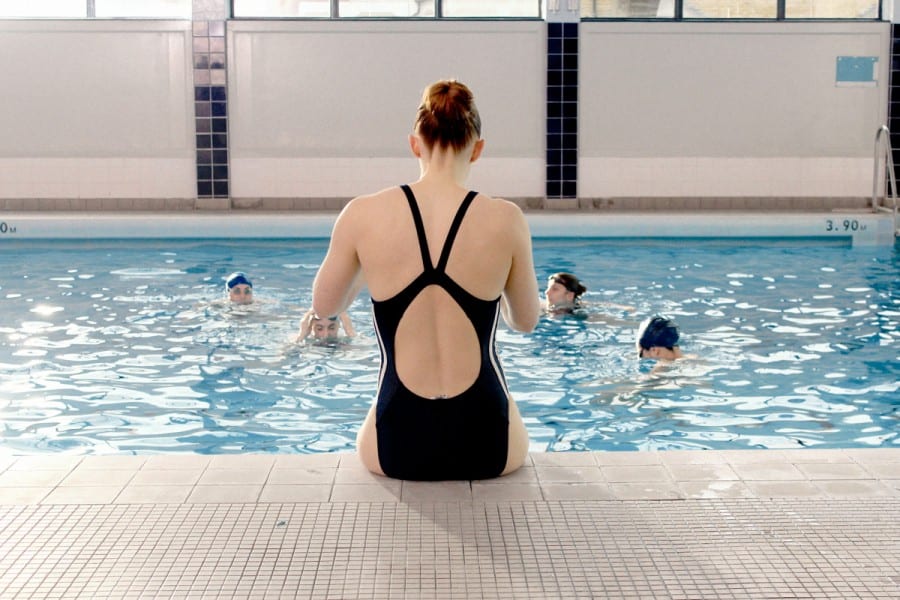
Chase recommends “concentrating your search on models that are a couple of generations old as you will get excellent build and image quality for a lot less than buying new.” Cameras in this bracket might be getting on but they have more than enough resolution for what most students need when learning the craft.
“You won’t put yourself at a disadvantage by using older kit or a camera with only 12 million pixels if they are good ones, but you will save a pile of money. When you own older kit you will also find masses of information online from other users that will help you discover the best way to use what you bought,” says Chase.
Chase recommends the Nikon D700, which “was the company’s flagship enthusiast full frame model for ages, did great service and made plenty of people very happy. You can get it with the last generation 28-70mm f/2.8 IF-ED fast and sharp standard zoom for less than £1000. (£450+£520=£970).”
“Canon’s EOS 5D ll did similar service and is still a good option today. It has more pixels than the D700 so you’ll pay more for it, but pair it with Tamron’s excellent SP 24-70mm f/2.8 Di VC USD for a kit that pokes it’s head above the budget only a bit (£680+£614=£1294),” he says.
If you fancy a mirrorless camera don’t look too far back as functions such as AF and image quality have come on a lot in recent years. Chase advises considering the Panasonic Lumix DMC-GH4. “It’s ideal if you are into video as well as stills, and you can get them cheaply enough that you can spend a bit more on the excellent Lumix G X Vario 12-35mm f/2.8 lens to bring the kit in within the budget (£679+£359= £1038).”
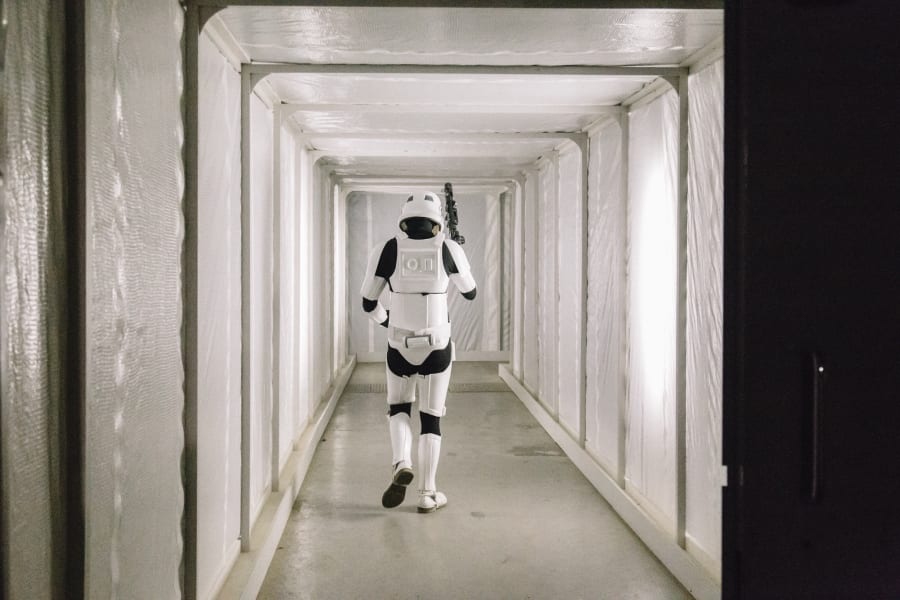
Going Professional
New – £3000-£7300
In an ideal world you’ll want to hit the professional scene with a Hasselblad H6D or a Phase One XF tucked under your arm. That isn’t likely to happen unfortunately, and frankly there are other systems that you can make yourself happy with until the day arrives when you can own your dream machine. Of course, you can also rent in-between if you need to.
If you absolutely require medium format then the Fujifilm GFX is the lowest cost option, and it’s also a very good one, while the Hasselblad X1D is also less than the H6D and the Phase One XF.
Since beginning to work professionally, Joseph observes that the biggest changes to his kit has been acquiring more digital cameras and he is now keen to purchase a medium-format model: “I would love to have a go on a Hasselblad X1D. I’m intrigued about the possibilities of more portable medium format digital.”
Both the Fujifilm GFX and Hasselblad X1D will serve you well, but they require investment that few can justify so early on. Remember sources of high pixel counts can also be found in the top tier 35mm-style DSLRs, such as the new Nikon D850 and Canon’s EOS 5DS R, as well as the Sony a9. For a more general purpose EOS body look to the 5D IV, and if video is going to be important to you then the Lumix DC-GH5 is ideal.
Don’t forget though that a camera body isn’t your only expense, and that you will probably need flash and software, so consider your budget carefully.
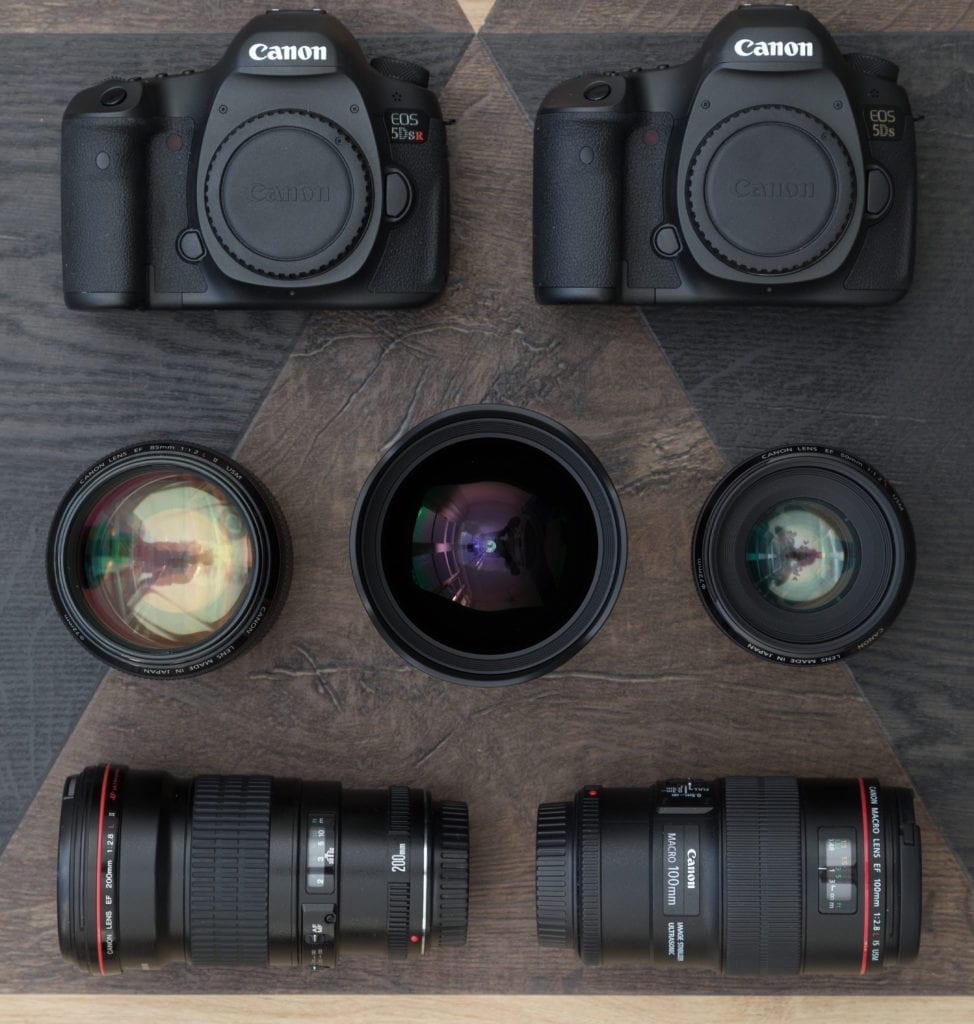
Secondhand – £1500-£3000
The bodies recommended in the Starting Out section may well be enough to keep you going when you start your career, depending on what you intend to do. Only buy more pixels if you are going to need them, as prioritising faster prime lenses will give you a clearer boost in image quality.
“A good quality f/1.4 lens will see you into retirement but only look at those a few years old. Consider the Sigma Art series too, especially the 50mm and 24mm. You will pay £500-600 for them, but they will more than pay you back in sharp, clean images and time saved in software,” recommends Chase. “Or a nice 90mm/100mm macro lens, such as the Canon EF 100mm f/2.8 L IS USM, Nikon AF-S 105mm f/2.8G IF-ED VR and Tamron SP 90mm f/2.8, is worth considering. It will double for portraits as well as products and so will earn its keep at twice the rate and broaden the range of projects you can tackle.”
Chase suggests that for bodies “you might look at the last generation of DSLRs, such as the Nikon D810 (£1800) or D800 that came before that (£1100). Canon’s 5D lll (£1560) is still a good option, as is the EOS 1DX (£2900) for speed and low light or the 1DS ll (£1000) for a little less money.”
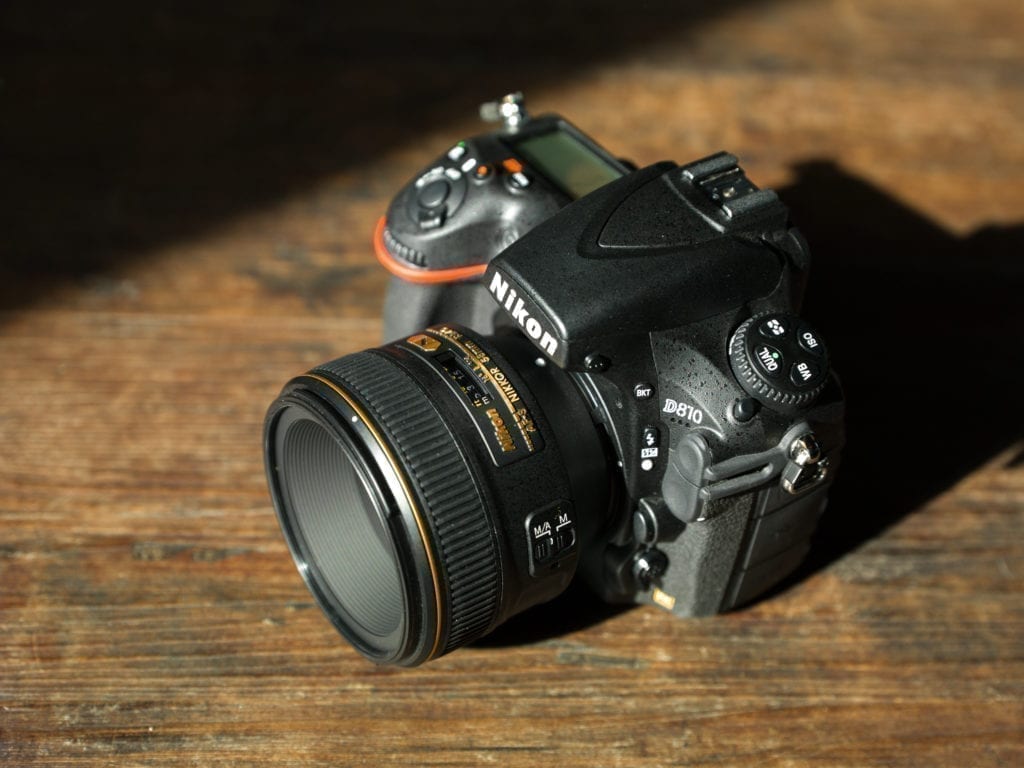
Even in the second hand market medium format equipment is expensive. You might find a cheap older body but, as long as there are new bodies from that brand, lenses will hold their price.
“You can do a surprising amount with a Hasselblad H4D-31 and the HC 80mm f/2.8 lens however, and it will cost you £2550+£649=£3200 – just a bit less than the Nikon D850 body-only,” advises Chase.
Unless you are committed to a specific area of photography try to get kit that will be useful for a range of applications as you never know what twists and turns your career will take, and it pays to be prepared.
mpb is one of the world’s leading market-places for second-hand photographic equipment, revolutionising the way photographers and filmmakers trade, sell and buy kit. Offering expert advice and a warranty on any equipment purchased, visit mpb today to upgrade and improve your kit for less.
